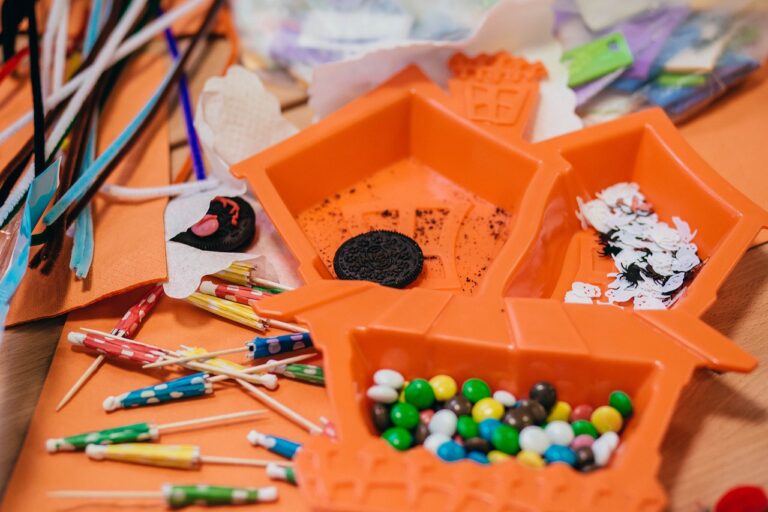The Role of Dance in Supporting Health and Wellness
goldbet.com login, tigerexch247, betbook247 id:Dance has been a form of expression and movement for centuries, but its benefits go far beyond just entertainment. In fact, dance plays a significant role in supporting health and wellness for people of all ages. Whether you’re a seasoned dancer or just starting out, incorporating dance into your routine can have a positive impact on your physical, mental, and emotional well-being.
The Physical Benefits of Dance:
1. Improves cardiovascular health: Dance is a great way to get your heart pumping and improve your cardiovascular fitness.
2. Enhances flexibility: Dancing involves a wide range of movements that help to increase flexibility and range of motion.
3. Strengthens muscles: Dancing requires the use of various muscle groups, helping to build strength and tone the body.
4. Increases endurance: Dancing can help improve stamina and endurance over time, making everyday activities easier to perform.
5. Supports weight management: Regular dance sessions can help burn calories and maintain a healthy weight.
The Mental Benefits of Dance:
1. Boosts mood: Engaging in dance releases endorphins, the body’s natural mood-boosting hormones, which can help reduce feelings of stress and anxiety.
2. Improves memory: Learning choreography and complex movements can help improve cognitive function and memory recall.
3. Enhances focus: Dancing requires concentration and focus, which can help improve mental clarity and attention span.
4. Promotes creativity: Dance is a form of self-expression that allows for creativity and innovation, fostering a sense of fulfillment and satisfaction.
5. Reduces risk of dementia: Studies have shown that engaging in activities like dancing can help reduce the risk of developing dementia as we age.
The Emotional Benefits of Dance:
1. Relieves stress: Dancing can be a great way to release pent-up emotions and stress, providing an outlet for emotional expression.
2. Builds confidence: Mastering new dance moves and routines can boost self-esteem and confidence levels.
3. Fosters social connections: Dancing often involves group or partner interactions, which can help build social connections and support systems.
4. Encourages self-care: Prioritizing dance as part of your wellness routine can promote self-care and overall well-being.
5. Allows for emotional release: Dance can be a therapeutic tool for processing emotions and releasing tension in the body.
Incorporating dance into your routine can have a multitude of benefits for your health and wellness. Whether you’re taking a dance class, joining a dance group, or simply dancing in the comfort of your own home, the impact can be significant. So put on your favorite playlist, move to the music, and experience the transformative power of dance for yourself.
FAQs:
Q: Do I need to have prior dance experience to benefit from dancing?
A: No, anyone can benefit from dancing regardless of their level of experience. Just have fun and move your body!
Q: What type of dance is best for improving physical fitness?
A: Any type of dance that gets your heart rate up and keeps you moving is great for improving physical fitness. Try different styles to see what you enjoy the most.
Q: How often should I dance to see the benefits?
A: Aim for at least 30 minutes of dancing a few times a week to start seeing the benefits. Listen to your body and adjust as needed.
Q: Can dancing help with weight loss?
A: Dancing is a fun and effective way to burn calories and support weight management. Combine it with a balanced diet for best results.
Q: Is dance suitable for older adults?
A: Absolutely! Many dance classes and programs cater to older adults, offering modified movements and support for all fitness levels.







